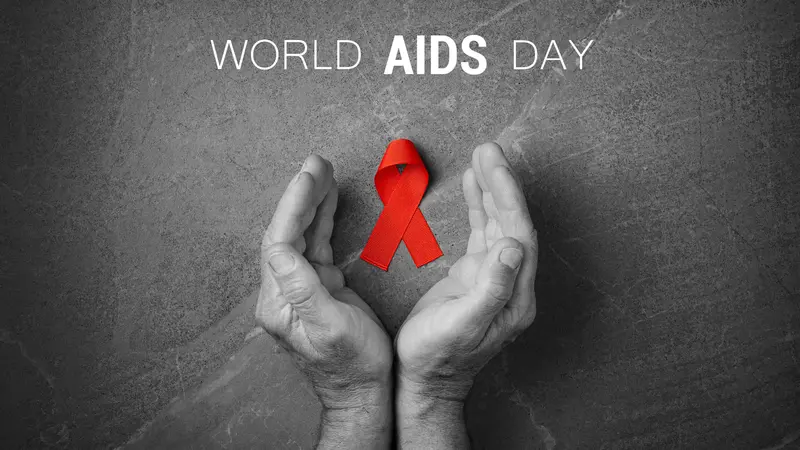

WELLthier Living and Aging

WELLthier Living and Aging
HIV Infections Disproportionately Impact Non-White Populations
More than 700,000 Americans have died from HIV infection since the onset of the epidemic in the early 1980s. While new diagnoses have declined significantly from their peak, and are currently below 40,000 a year, progress in reducing rates has stalled.
But both the death toll and new infections are borne disproportionately by Black/African American and Hispanic/Latino communities. According to Department of Health and Human Services (HSS) data, in 2018 41% of those with HIV were Black/African American while 23% were Hispanic/Latino, although those groups represent 13% and 18% of the US population, respectively. The rates of infection of American Indians and Alaska natives are also disproportionately high.
Subpopulations within those groups are especially impacted, with gay, bisexual, and other men who have sex with men (MSM) by far the most affected. The Centers for Disease Control and Prevention estimates that in 2018 Black/African American MSM accounted for 26% of new HIV infections, while Hispanic/Latino MSM made up 22% of the newly infected.
Although the rate of HIV infection among Black women has stabilized in recent years, they account for 13 times more infections than White women and four times that of Latina women.
Presenting a significant challenge is the fact that a large number of new infections (80%) are transmitted from the 40% of those infected who are either unaware of their infection or are not receiving care. Given that one in 10 infections occurs among intravenous drug users, another driver of infection is the ongoing opioid crisis.
There have been huge advances in HIV prevention, treatment, and care. Antiretroviral (ART) therapy allows those with the disease to live long, healthy lives and maintain an undetectable viral load with no risk of sexual transmission. The daily regimen known as PrEP (pre-exposure prophylaxis) is effective in preventing infection in individuals at high risk. Syringe programs have also contributed to reducing HIV risk.
But not all groups are benefiting equally from the advances. Racial and ethnic minority populations tend to have lower rates of PrEP and ART awareness or adherence, for a variety of reasons, including HIV-related stigma. Identifying and addressing stigma related to HIV in underserved and minority population groups was the focus of a recent HHS Office of Minority Health initiative, which is emphasizing community engagement strategies.
REFERENCES
Centers for Disease Control and Prevention. (2021, October 1). HIV: Basic statistics. US Department of Health and Human Services. https://www.cdc.gov/hiv/basics/statistics.html
Office of Infectious Disease and HIV/AIDS Policy. (2021, June 2). What is Ending the HIV Epidemic in the US? US Department of Health and Human Services. https://www.hiv.gov/federal-response/ending-the-hiv-epidemic/overview
Office of Minority Health. (2021, November 9). HIV challenge: Innovative community engagement strategies to reduce HIV-related Stigma and disparities. US Department of Health and Human Services. https://www.minorityhealth.hhs.gov/omh/Content.aspx?ID=22538&lvl=1&lvlid=1


 By
By







